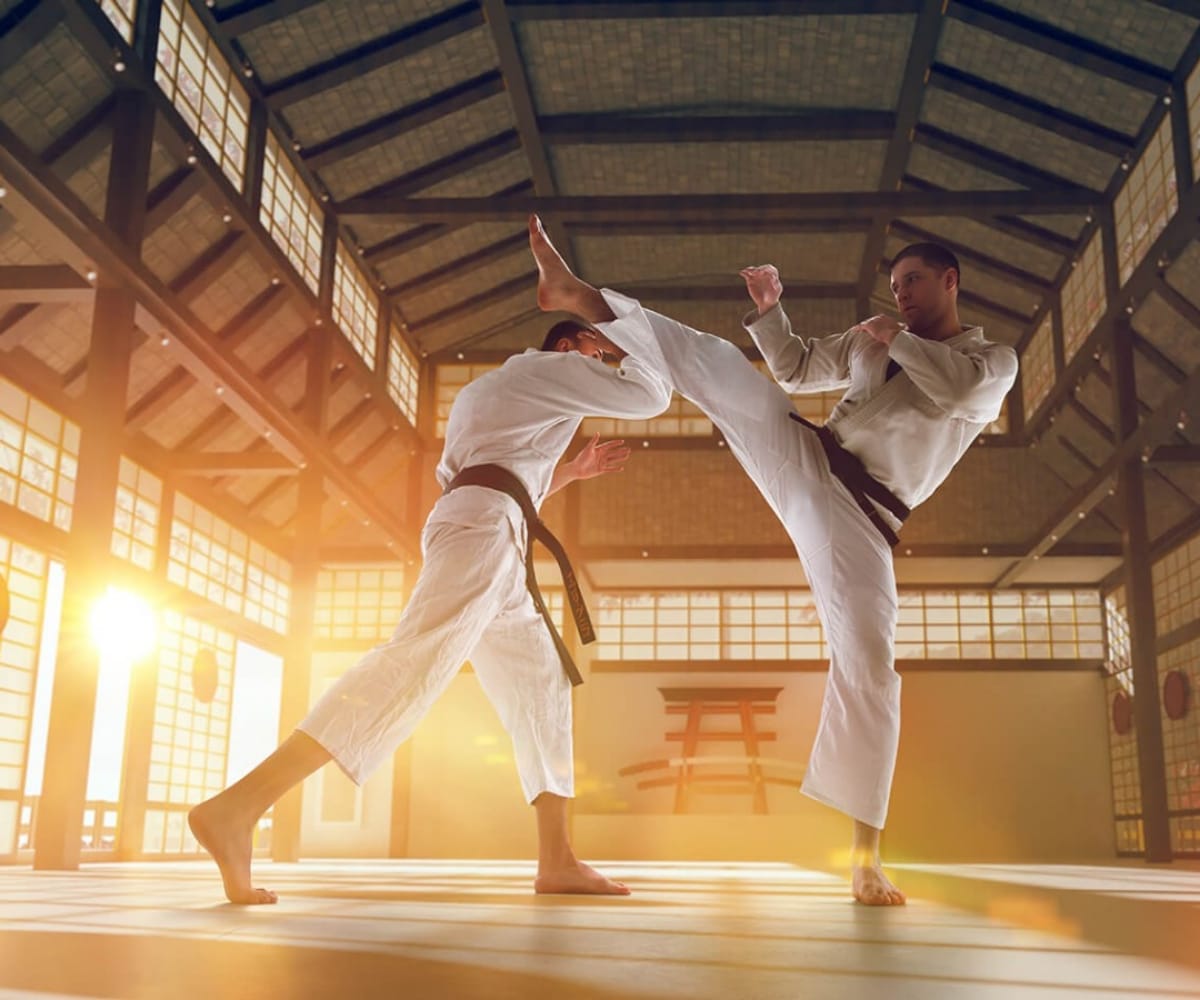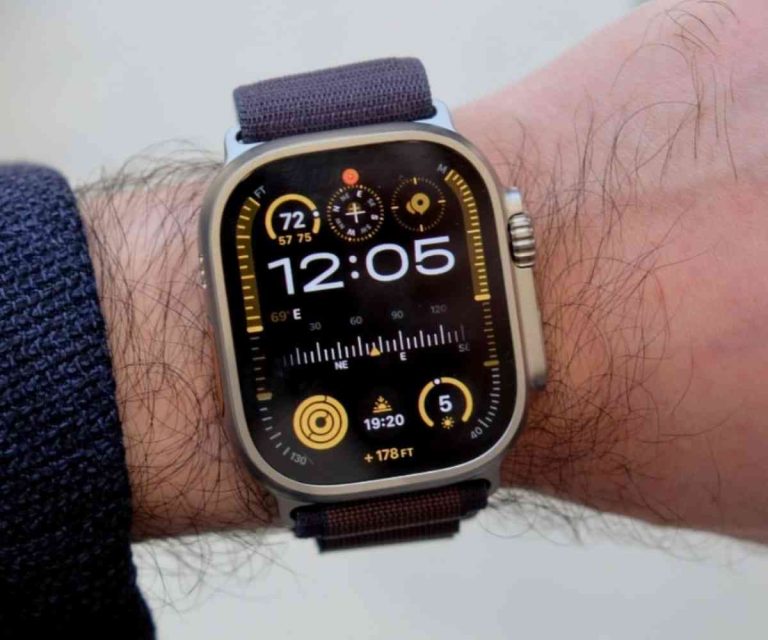Martial Arts : Exploring Its Origins, Benefits, and Modern Impact
A Comprehensive Guide on Martial Arts Evolution and Impact
Introduction
Martial arts are fighting and self-defense techniques associated with force, discipline, and culture. These disciplines’ history has improved spiritual, mental, and physical health. Martial arts have deep origins in ancient Asian, African, and European cultures.

What started as a survival skill has become a worldwide
phenomenon integrating ancient and contemporary methods and ideologies. Martial arts are prevalent worldwide. Millions worldwide practice it to promote fitness, mental health, and cultural appreciation.
Variety of Martial Arts
Traditional Martial Arts
Karate, originating from Okinawa, Japan, is a popular martial art worldwide. It emphasizes punches, kicks, knee strikes, and elbow strikes. The discipline stresses form, timing, and mental and physical power.
Judo
The Japanese martial art of judo emphasizes throws, joint locks, and pins. After Jigoro Kano evolved jujutsu into judo, it became a famous sport and even in the Olympics. Judo is about “largest efficiency, minimal effort.” Kung Fu is a broad word for several martial art forms that originated in China. Each style emphasizes flowing, circular motions and complex footwork. Kung Fu incorporates physical skill development spirituality and philosophy.
Contemporary Martial Arts
MMA
MMA combines boxing, wrestling, Brazilian Jiu-Jitsu, Muay Thai, and other martial art. Its dynamic and extensive battle strategy has made it popular in recent years. Brazilian Jiu-Jitsu (BJJ) emphasizes ground fighting and submission grips. This Brazilian self-defense relies on ability and balance, not power.
Kickboxing
Kickboxing mixes boxing with karate and Muay Thai kicks. This high-intensity martial art is popular for health and competitiveness. Kickboxing boosts cardio, reflexes, and strength. Hybrid Martial Art
Kune Do
Bruce Lee’s Jeet Kune Do is a philosophy, not a technique. It emphasizes flexibility, efficiency, and simplicity by combining martial art. Jeet Kune Do emphasizes absorbing what’s useful and discarding the rest.
Sambo
Sambo, a Soviet combat sport, blends judo and wrestling. Effective grappling throws and submissions are its specialty. Sambo is a sport and military combat training.
Philosophical, and cultural aspects
This Brazilian self-defense uses balance and skill, not strength. Martial art teaches self-control, respect, and endurance via discipline. Spirituality is important in many combat arts. Meditation helps Kung Fu practitioners harmonize their mind and body. Cultural relevance differs by country. Karate and Judo are ingrained in Japanese culture and taught in schools. Chinese Kung Fu is a martial art and cultural legacy handed down through generations.
Physical and Mental Benefits of Martial Art
Fitness and Health Benefits
Martial art improves cardiovascular health, strength, and flexibility. The intense training in martial aartshelps with weight control, posture, and fitness.

Mental and emotional health
The mental advantages of martial arts are immense. Practitioners gain concentration, patience, and resilience that they may use elsewhere. Stress management, anxiety reduction, and positivity are other benefits of martial arts.
Self-Defense and Confidence
Personal protection is a major reason individuals learn martial arts. Knowing how to defend oneself gives essential confidence. Martial arts boost self-confidence and assertiveness.
Popular Culture Martial Arts
Martial arts have influenced popular culture. People all over the world know these moves from Bruce Lee, Jackie Chan, and Jet Li movies and TV shows. Action-packed sequences that fascinate audiences globally reflect their impact. Martial arts in video games have also grown. Games like “Street Fighter,” “Tekken,” and “Mortal Kombat” are fun for younger people to play. Martial arts appear in comics and literature. Batman and Daredevil battle crime and maintain justice as martial artists.
Techniques and Training
Beginner Training
A normal martial arts workout comprises warm-ups, technique exercises, sparring, and cool-downs. Before learning advanced methods, practitioners grasp the fundamentals. Consistent practice builds skill and accuracy.
Advanced Methods
As they progress, practitioners get complicated tactics and forms, which imitate combat conditions. These forms demand physical skill, timing, distance, and strategy.
Gear and Clothing
Martial arts equipment differs per discipline. Karate sparring requires a GI and protection gear. Protective gloves, mouthguards, and shin guards are crucial in MMA.
Championships and contests
Local events and worldwide championships span martial arts. Martial art tournament rules have been developed for safety and fairness. Different disciplines have different rules, but all encourage respect, sportsmanship, and competitiveness. Bruce Lee, Helio Gracie, and Chuck Norris shaped martial art. Their accomplishments established high standards and motivated many to succeed in their industries.
The Future of Martial Art
New Martial Art Trends
New martial art trends are affecting the future. Hybrid martial art training is growing in popularity. Fighters aim to be well-rounded and use other disciplines’ tactics to improve. Martial art instruction is now using more technology. VR and AR recreate combat situations, enabling practitioners to practice in virtual surroundings. This technology allows for new approaches and performance improvements.
Integration of Technology in Training
Technology is changing martial art instruction. Smart gloves and sensors give real-time technique and performance feedback. These advances enable practitioners to assess their moves, measure progress, and change. Online training platforms and applications for virtual courses and tutorials are also popular. Others may learn from great teachers and take part even if they can’t attend courses.
Globalization and Digitalization of Martial Art
The globalization of martial art has increased the cultural interchange of ideas and practices. Intercultural connection strengthens martial art by blending techniques and ideologies. Digital platforms like social media and forums have aided globalization. They allow practitioners to share their knowledge and skills with a worldwide audience. This online presence keeps martial art relevant and attracts new practitioners.

Summary
With their rich history and many styles, martial art inspire people worldwide. Martial art provide everything from ancient traditions to current fusion and technology. They provide exercise, mental discipline, cultural appreciation, and community. Future martial art will use new technologies while retaining its ideals. Martial art improve lives worldwide, whether for self-defense, competition, or personal growth.
FAQs
-
Which martial art is better for self-defense?
The ideal self-defense martial art depends on your objectives and interests. BJJ is good for ground defense and grappling, while Krav Maga is practical and aggressive. You should attempt several martial art to discover your best fit.
-
How can martial art boost mental health?
Martial arts boost self-esteem, discipline, and stress reduction. Training decreases anxiety and depression and boosts confidence and well-being.
3. At what age should you start martial art?
everyone can learn martial art. Individual preparedness and physical condition determine the appropriate age.
-
Are martial art non-competitive hobbies?
Martial art may be a pastime with no competition. Without competing, many martial artists practice for health, self-improvement, and stress reduction. Technique, form, and self-improvement may replace competitiveness.
-
Technology has changed martial art training.
Virtual reality, internet lessons, and fitness monitors have changed martial art training. These technologies improve martial art training by enabling practice, testing, and socialization.

